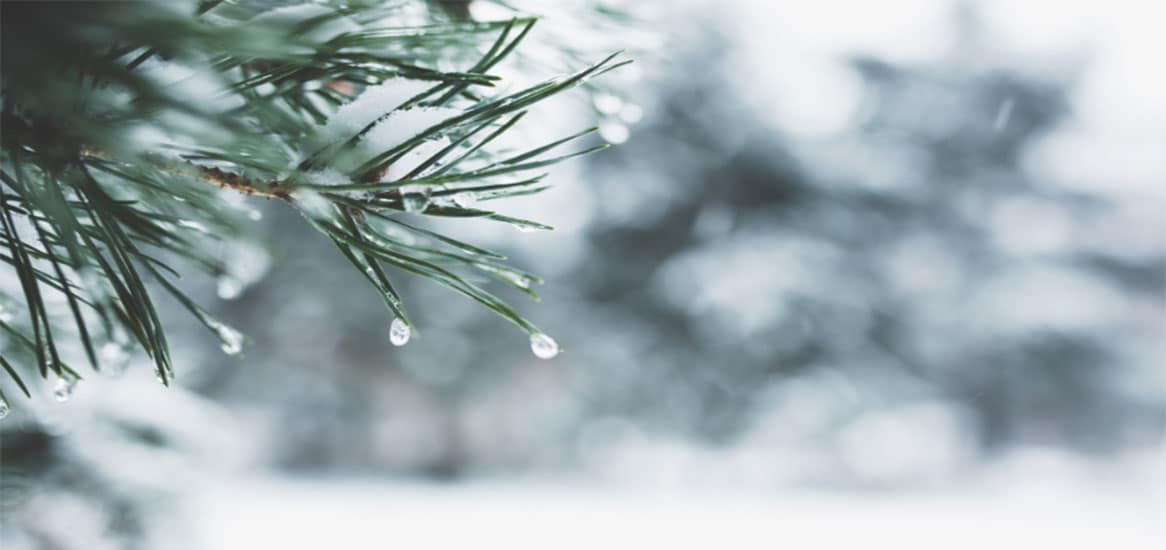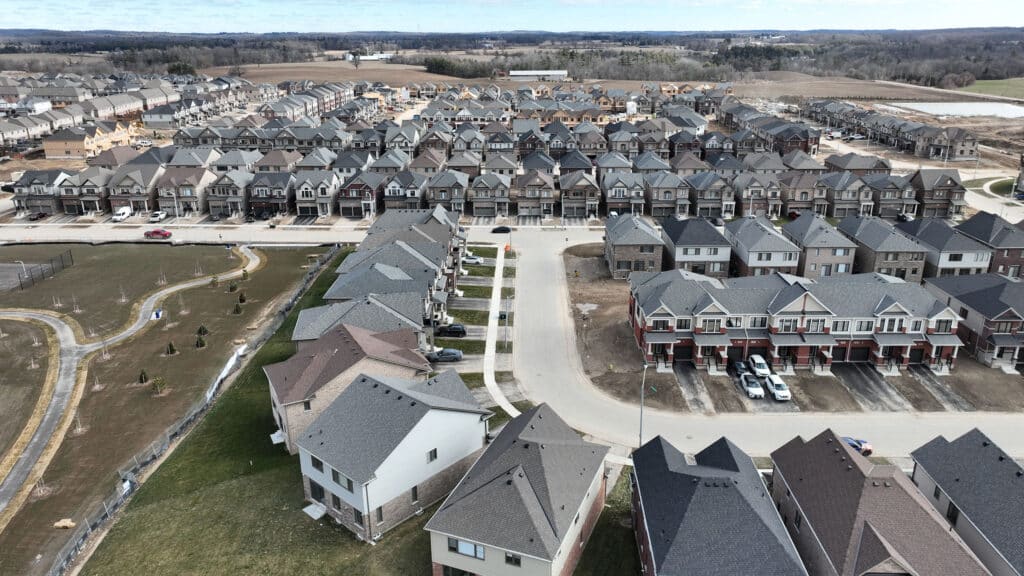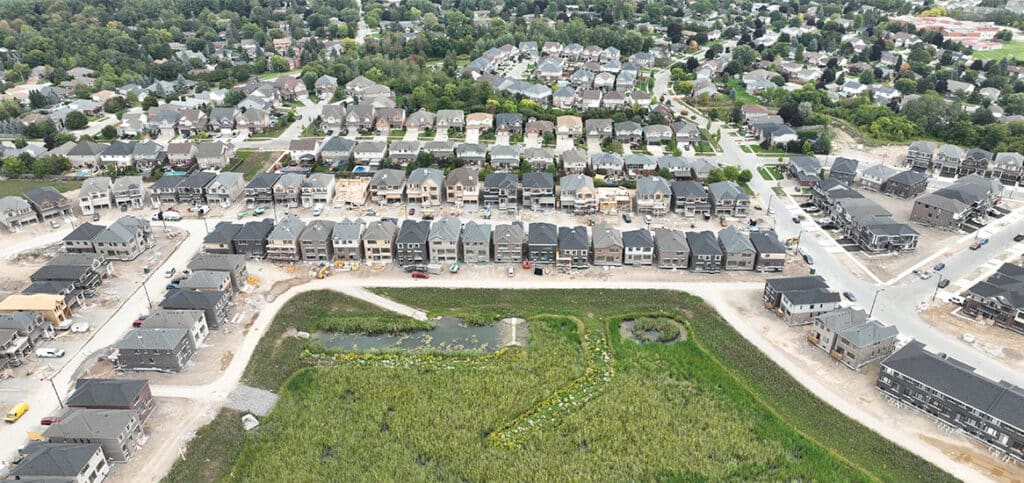Our winter maintenance guide includes a breakdown of items for inspection so that you can be sure your home is always running as smoothly and efficiently as possible.
Home Interior
Check air ducts, remove covers, and vacuum dust from vents.
Have your air ducts cleaned if they are visibly contaminated with mold, pests, or vermin, or are clogged with a significant amount of dust and debris. To lightly clean your vents, turn off the power to your heating and air conditioning system, remove the vent cover, and vacuum to clean dust or dirt.
Clean or replace your furnace filter, humidifier, and heat recovery ventilator (HRV).
Furnace filter: A clogged furnace filter will impact air flow throughout the house; be sure to replace it every month for the first year. After that time, you may resume a normal cycle of every three months.
Humidifier: Ensure the equipment is off before servicing (consult user manual). Remove the white cover plate on the front of the unit, then detach the filter. Gently clean so as not to remove the protective coating that helps retain moisture, then reinstall.
HRV: Ensure the equipment is off before servicing (consult user manual). Gently remove the two white reusable filters from the HRV unit; clean and dry thoroughly before reinstalling. A light vacuuming of the HRV unit may be required, as some dust and debris from the exterior can make its way in.
Test your sump pump.
Inspecting and maintaining your sump pump during sub-zero temperatures can help prevent freezing issues and potential water damage in your basement. Start by checking the discharge pipe for any ice buildup, clearing away any ice or snow, and ensuring the pipe is properly insulated to maintain a steady water flow. Inspect the sump pump’s basin for any debris or sediment that could hinder its performance. Consider installing a protective cover or lid to prevent cold air from reaching the sump pump. Finally, test the sump pump periodically throughout the winter to ensure that it’s functioning properly.
Monitor your home’s humidity levels.
The use of a dehumidifier will greatly help reduce moisture levels in the home, as will the use of an air conditioner. Cold cellar vents should not be obstructed or blocked to allow air flow (it’s not recommended to use a cold cellar to store organic goods, as it can promote mold growth). For a better idea of the overall humidity level in your home, it’s recommended that you purchase a hygrometer.

When away from home, set your thermostat at a steady temperature to maintain a consistent and comfortable environment.
When you’re away from home, it’s recommended to adjust the thermostat to at least 13 degrees Celsius. This ensures that your home remains adequately heated, preventing extreme temperature drops that could lead to issues like frozen pipes.
Check and reset ground fault circuit interrupter (GFCI).
GFCI outlets help protect you from electrical shock, as they are specially designed to cut power from the outlet when an imbalance or power surge flows through them. To test a GFCI outlet, locate the two rectangular buttons between the cord slots. Press the test button with your finger; you’ll hear a snap that trips the outlet and cuts off the power to all outlets on that circuit. Once you’ve confirmed that the safety function is working properly, press the reset button to restore power to the outlet.
Ensure your heating system is running efficiently by regularly checking and replacing its filters.
Depending on usage, filters need to be replaced anywhere from twice a year to once a month. Additionally, keep an eye on the water levels in your boiler to ensure they don’t fall too low, preventing any potential damage.
Check your water heater for leaks.
For gas heaters, if rust is present without signs of a leak, condensation may be forming inside the tank. Call Enercare for any servicing matters.

Give your basement a thorough inspection and cleaning.
Check the basement for any leaks during thaws. Dust, clean windows, and ensure there’s no mold present. It’s important to inspect your basement at least once a year to maintain its cleanliness and prevent any potential issues.
Maintain your bathroom exhaust fan.
Over time, your bathroom grill can collect dust and debris, causing the fan to work inefficiently. To clean, begin by turning the fan’s power off and carefully removing the grill. Then, using a vacuum attachment, clean the grill’s surface and any dirt or buildup within the fan.
Vacuum refrigerator and freezer coils and empty and clean drip trays.
Over time, dust and debris can accumulate on the coils, causing the appliance to work harder and potentially leading to malfunctions. Use a vacuum cleaner with a brush attachment to carefully remove any buildup on the coils. Also, regularly empty and clean the drip trays to prevent the growth of mold and mildew.
Home Exterior
Cover your air conditioning unit.
Covering your air conditioner during the winter with a waterproof cover can protect it from harsh weather and potential damage. Turn off power to the unit before covering. Ensure the cover is securely fastened, and consider placing a sturdy board on top for extra protection. This will prolong the unit’s lifespan and ensure it functions efficiently in the warmer months.
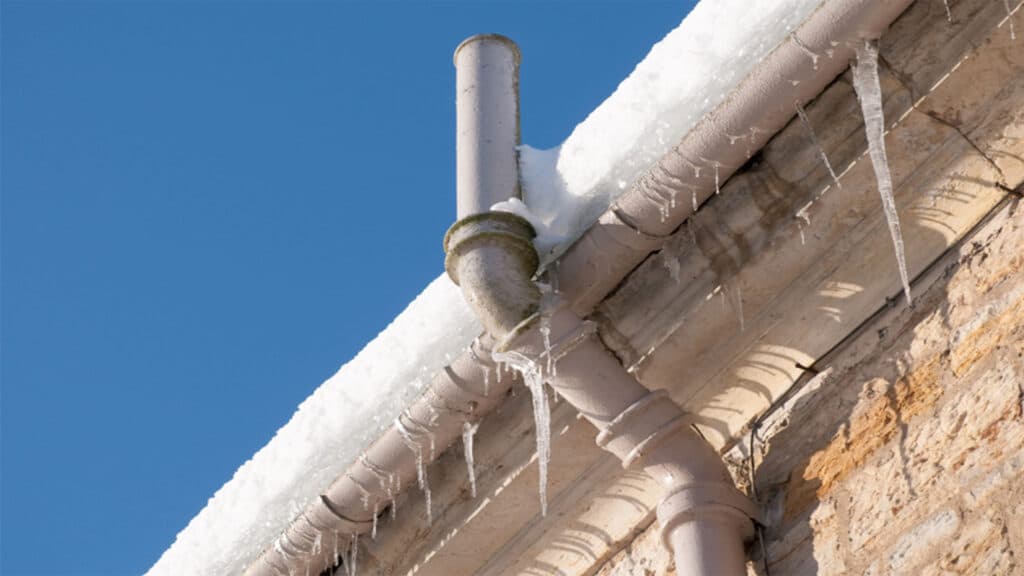
After storms, inspect your roof, gutters, and downspouts to prevent damage.
After a storm, check for excessive snow, ice dams, and icicles on the roof and have it removed if necessary. To prevent injury, consult with a professional to clean snow and ice from your home’s overhang and vents, as well as gutter debris from downspouts. A professional can also check for missing or cracked shingles that may have been impacted by severe weather. Avoid hacking at ice, as it could cause harm to you or your roof.
Protect and insulate pipes during cold weather to prevent water leakage and damage.
Frozen pipes pose a risk of damage and flooding in your home. When water freezes inside pipes, it expands, which can potentially cause cracks or breaks in the pipes. As the ice thaws, the pipe may burst, leading to water flowing into your home. Pipes located near the exterior of your home are particularly vulnerable, such as outdoor faucets, pipes in unheated garages, or swimming pool supply lines.
Shut off and drain outdoor faucets and irrigation lines.
Winterize exterior water lines to prevent potential damage caused by freezing temperatures. By turning off and draining outdoor faucets and hose bibs, as well as lawn irrigation systems, you can safeguard against frozen pipes and the resulting issues such as cracks or bursts.
Check sealing around windows and doors for air and water leaks.
To help increase your home’s energy efficiency, recaulk seals on doors and windows.
Check and ensure air intakes and exhausts are clear of snow.
Look at your furnace and find the intake and exhaust pipes, and locate where they exit your home (most likely through a wall near the furnace). Then, go outside and check the pipes for any blockages, including snow and ice; remove anything that may clog the airflow.
Grounds
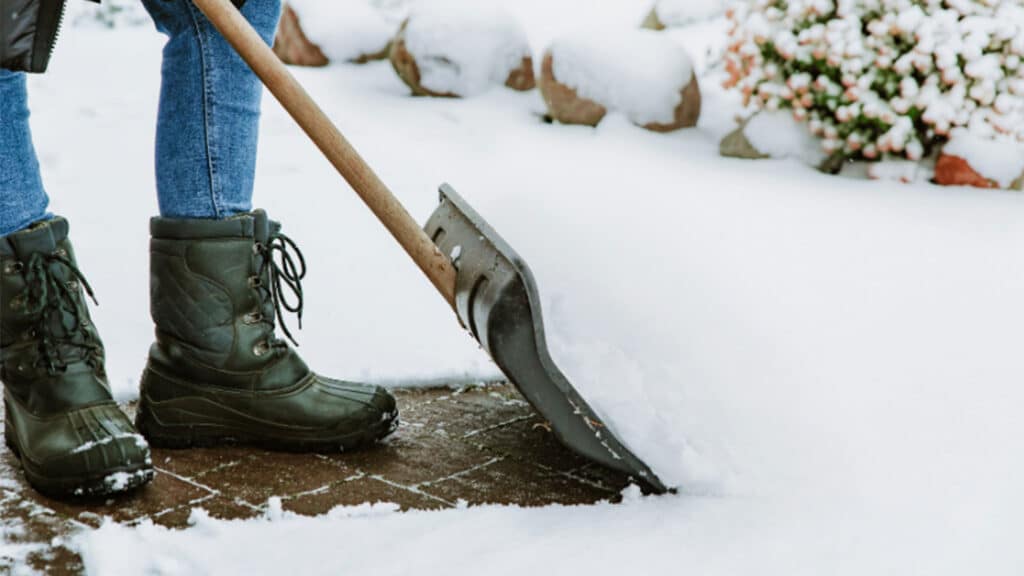
Stock up on ice melt, but choose a brand without harmful chemicals.
Use ice-melting products sparingly to protect foliage, and remember to wipe pets’ paws and limit their exposure to treated snow.
Protect your outdoor furniture.
Cover or put away your outdoor furniture in a safe and dry location to prevent damage from harsh weather conditions. This includes tables, chairs, umbrellas, and cushions. If you have a barbecue, make sure to bring it inside or store it in a covered area to prevent rust and corrosion.
If necessary, send your snowblower in for a tune-up to a small engine repair company.
Expect to spend $100 – $300, depending on the size and age of your snowblower. Don’t forget to have an adequate supply of gasoline and motor oil on hand for when the first snowstorm hits.
To ensure you never miss home maintenance tips and tricks from us, follow us at @cachetcommunities on Instagram.

